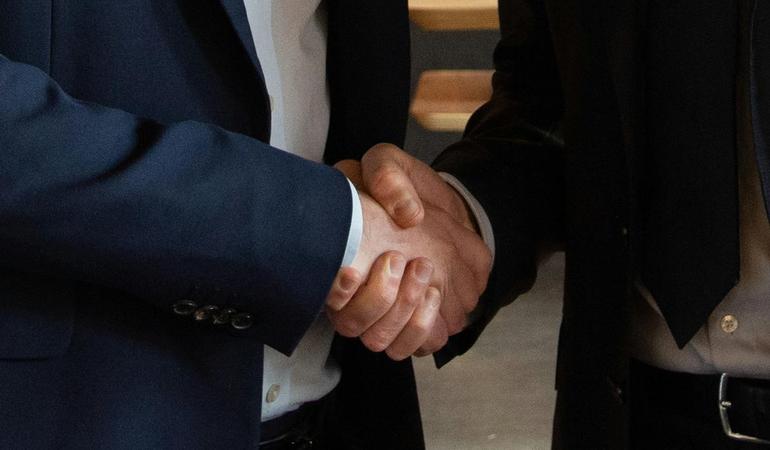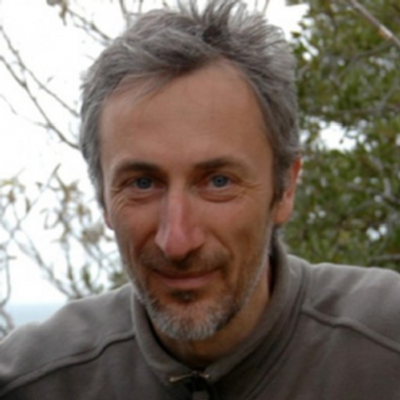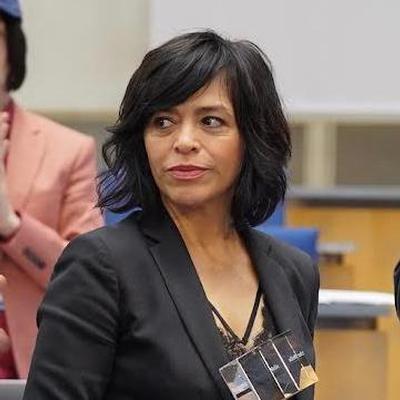
Corruzione legalizzata: massimizzare i profitti, minimizzando il rischio penale


9 febbraio 2023
When discussing drug trafficking, Mexico is often cited as a paradigmatic example of the power of criminal organizations and its impact on society, including violence and corruption. It is a reality I am very familiar with, as I have devoted the last 17 years to understanding it through my field investigations and telling its story. I have interviewed many drug traffickers who have achieved celebrity thanks to TV series broadcast by Netflix; I have talked to their spouses, accomplices, and friends. Yet I see that one element that is not secondary but is key to effectively counteracting organized crime, is too often overlooked. Like all other criminal organizations, drug cartels thrive thanks to those who fund them by purchasing what they are selling.
The fight against transnational organized crime, an urgent matter
The story of Mexico becoming a central hub of world drug trafficking is complex and marked by the complicity of the country that now most vocally complains about it—the USA. After Afghanistan and Myanmar, Mexico is the world’s third-largest producer of opium. The country shares a border of over 3,000 kilometers with its Northern neighbor, which has long ranked among the world’s largest drug consumers. Since the 1950s, Mexico’s strategic location has promoted the emergence of small and medium-sized criminal gangs that processed opium into heroin and then trafficked it to the US market. Far from having an interest in dismantling this criminal network, US and Mexican authorities were largely responsible for running the drug rings and collecting bribes.
Things changed in the 1970s and 1980s with the rise of the Colombian drug lord Pablo Escobar Gaviria and the appearance of cocaine on the market. The merger between Colombia’s Medellin cartel and pre-existing local organizations turned these small gangs into international drug trafficking giants. This was done with the support of the CIA, which used part of the proceeds from the cocaine trade to finance the dirtiest operations conducted by the US government in different parts of the world, for example in Iran or Nicaragua, where the US intervened to prevent the formation of a socialist government. There is written evidence proving all that: it is the information obtained thanks to the important revelations of the 1970s.
Since then, drug cartels have become so large and powerful that the Mexican government is unable to control them, and they have started exerting their influence on governors and even on the presidency of the Mexican Republic, for example by funding candidates and their campaigns. When their chosen candidates win an election, the cartels’ representatives go to the government’s palace to negotiate directly with the president. This has been happening since 1970, when Luis Echeverria was in power, and continues to this day regardless of the president’s political color. In Mexico, drug cartels dominate large swathes of the country. They choose municipal presidents, deputies, and senators, governors, even the president of the Republic. They decide what officers should be in charge of a military area, or who should head the police force.
At the same time, the Mexican cartels have expanded their business. Once they saturated the US market, they turned their interest to Europe—whose market is now worth 10 billion dollars—, to Asia and to South America. Mexican organizations play a major role not only in the international cocaine trade, especially to the US, but also in the production and trafficking of methamphetamine, largely based in Amsterdam. In 2011 I lectured about my investigations in the Dutch capital, among other places. When I mentioned the dangers posed by these cartels, people there would reply: ‘These things do not and will not happen here because everything is legal, from prostitution to cannabis consumption.’ Well, today the Netherlands is Europe’s biggest methamphetamine laboratory thanks to members of Mexican cartels who are actually training Dutch smugglers to extract that substance. Their know-how is spreading all over the world, as was the case in the past for the Sicilian Mafia.
But the cartels no longer engage solely in drug trafficking: in recent decades, they have diversified their business. An important new source of income is human trafficking, which can generate even more revenue than drugs. Due to its geographical location, Mexico is crossed by millions of migrants from South or Central America who want to reach the US in hopes of achieving the famous American dream. Many migrants are exploited and forced to work in drug labs; girls and boys become victims of trafficking and abuse, and on top of this all, they are sometimes used for international organ trafficking.
Such is the scale of the humanitarian disaster we are experiencing. And all that is because of an endemic culture of lawlessness where people are terrified
I consider Mexico a paradigmatic example of everything that should not be done in countries experiencing similar situations. It is a failed state ruled by drug smugglers, and it has become a huge graveyard: since 2006, about half a million people have been murdered in drug wars, including innocent women, children and men. In this same period 106,000 human beings have disappeared, whose relatives have no idea of what happened to them. Many of these missing people were victims of trafficking or organ trafficking. They often end up in clandestine mass graves: in Mexico there are hundreds of them.
Such is the scale of the humanitarian disaster we are experiencing. And all that is because of an endemic culture of lawlessness where people are terrified, knowing that they cannot trust either the government or the judiciary, but sometimes only reporters. That is why Mexico is the most dangerous country for this profession. In 2022 alone, more than 12 journalists were 12 murdered in Mexico. Next are human rights activists, environmental activists, defenders of women who have suddenly disappeared. All that violence, backed by the complicity of the state, is disrupting the Mexican society. Citizens are afraid to take to the streets to protest and report crimes. As a consequence, 96 per cent of all crimes go unreported, and the few citizens who dare to report become even more vulnerable because of the frequent collusion between police forces and criminals. Thus, those who suffer violence are victims twice over.
A convention against transnational organized crime signed in Palermo, not by chance
Although this is one of the world’s humanitarian crises, we hardly hear about it and the international community does not feel co-responsible for it. Yet what is happening is mainly due to the pressure exerted by users around the world. Drugs and their proceeds do not stay in Mexico: if that were the case, we would be the world’s leading economic power. Instead, the proceeds from drug trafficking go to Europe and Africa, where it ends up in the legal system through laundering. So there is great hypocrisy on the part of the so-called ‘first world,’ which cashes in that bloodstained money while people in the ‘third world’ lose their lives.
Mexico is known as one of the most corrupt and violent countries in the world. Yet there is one question no one dares to ask: how do all these tons of cocaine, methamphetamine, heroin, marijuana travel to the rest of the world? Cocaine is not invisible: how does it reach the streets of Palermo, where the consumption of crack, especially in the Ballarò district, is spreading among boys and girls from the age of 12? These children often come from well-off families that can afford food, clothes and education, but they spend their pocket money on drugs, and when that money runs out they sometimes turn to prostitution. If crack comes to Palermo, it means that the Mexican cartels are somehow involved.
Here lies the hypocrisy of many who, when discussing Mexico, cite the violence and the killing in the streets but never mention the ‘first world’ and its involvement. Mexico was indeed among the signatories of the Palermo Convention, yet nothing seems to have changed in the country since then. What is the point of passing strict laws if the demand for drugs, trafficked children, diamonds and precious metals is not curbed? When citizens’ organizations that defend lawfulness against crime mobilize, they should also address the buyers, the clients of illegal businesses. Drug users are not forced to use them—they seek the substances by choice. What should be fought is the individualism that leads users to say, ‘What I do with my body concerns me only, I am exerting my free will’. We should start reminding people that there is a limit: one’s personal freedom ends where other people’s right to life and freedom begins. When we talk about the ‘Mexican case,’ we should never forget the role played by the rest of the world.
This has been edited by Rosita Rijtano and taken from the author's speech held on the occasion of "CROSS - Civil society in the fight against global mafias from the Palermo Convention to today", a meeting organized by Libera in Palermo on 28 and 29 October 2022
La tua donazione ci servirà a mantenere il sito accessibile a tutti
La tua donazione ci servirà a mantenere il sito accessibile a tutti

